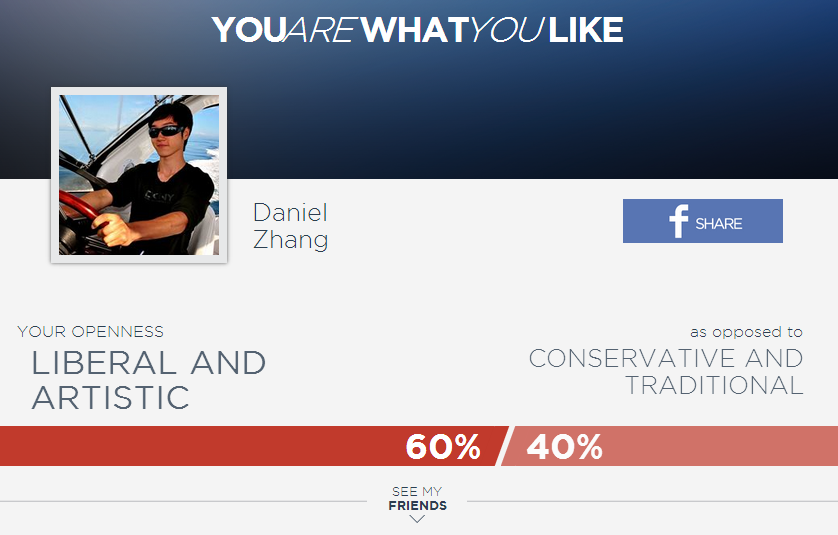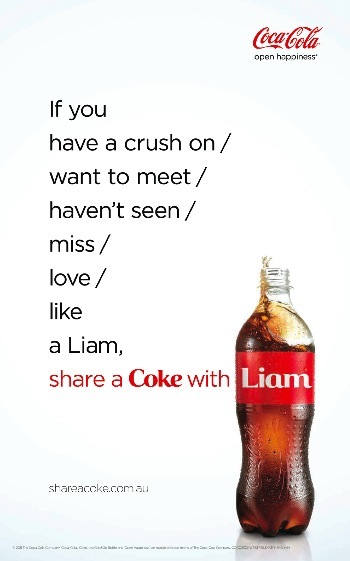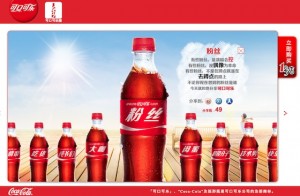
Our team – Me, Julie, Tim, Alex, Hye-Won, and Simon, initially chose Tata Motors for our company.
The idea behind the formation of our team started when Professor Silva suggested to the class that we should diversify. I had already partnered up with my friend Julie, so we needed 3 or 4 more. Taking Silva’s advice, I went out of my way to ask two Danish exchange students – Alex and Simon, to join our group. Later on, Hye-won and Tim also wanted to join, and thus Team Tata was created. Compared to the other groups, ours had an incredibly diverse lineup and looking back, I believe it greatly benefited our group through our unique skill sets. Interestingly, our team consisted of 6 individuals originating from 5 different countries with two female and 4 male members.
For our video, we chose to stick with the most intriguing product of Tata – the Nano. We believed that the Tata Nano had the most potential to be improved upon and it was much simpler to focus on one automobile than on a range of automobiles.
In the teamwork environment, I found that creating such a project was messy, confusing, but really fun! We spent a lot of time shooting video, creating sound recordings, finding resources, and editing. If I could change one thing about the video project overall, I would suggest that we turn in a storyboard first to have a clear vision of what needs to be accomplished.
Two of our exceptional ideas were the time-lapse of the Lions Gate Bridge, and the sped up drawings with voice-overs. It was able to communicate our message clearly.
I’m really happy that the video turned out so well, and compared to a boring presentation, I can show this video to my friends and family.




